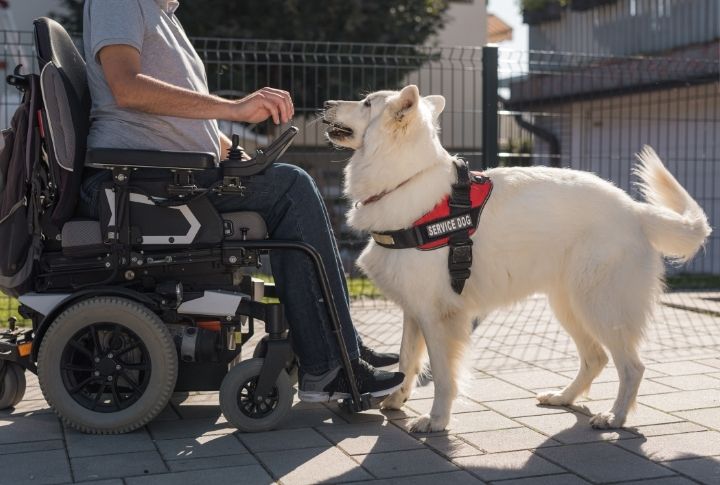
In the United States, service animals are solely dogs. These aren’t your average dogs. These are specially trained partners who transform lives. Did you know that service dogs can detect low blood sugar in diabetics? Find more amazing facts about these incredible service animals in the slides ahead.
Not All Heroes Wear Capes
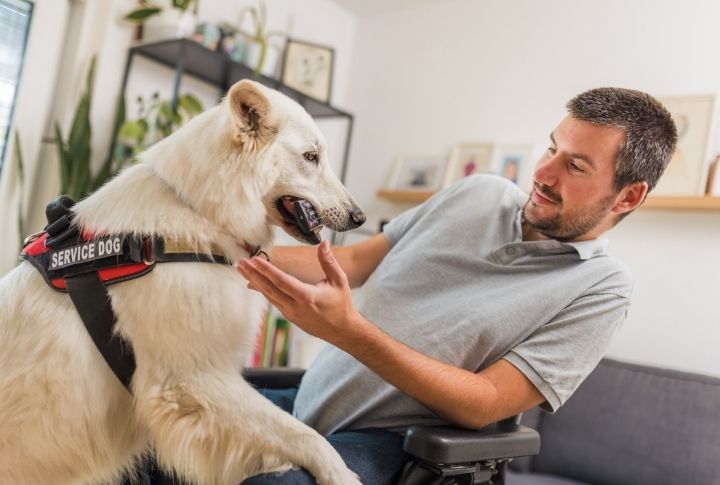
Service dogs might not have a flashy costume, but they’re real-life superheroes. In addition to providing independence and companionship, these dogs are rigorously trained to assist people with disabilities.
Diverse Skill Sets
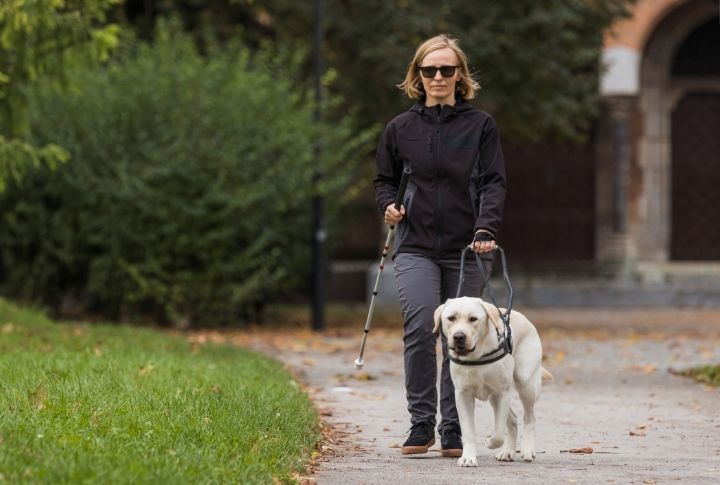
These canine assistants come in various forms. Guide dogs lead the visually impaired, hearing dogs alert the deaf, and mobility dogs assist those with physical disabilities. Some even detect seizures or help manage psychiatric conditions.
They Can Sense Emergencies
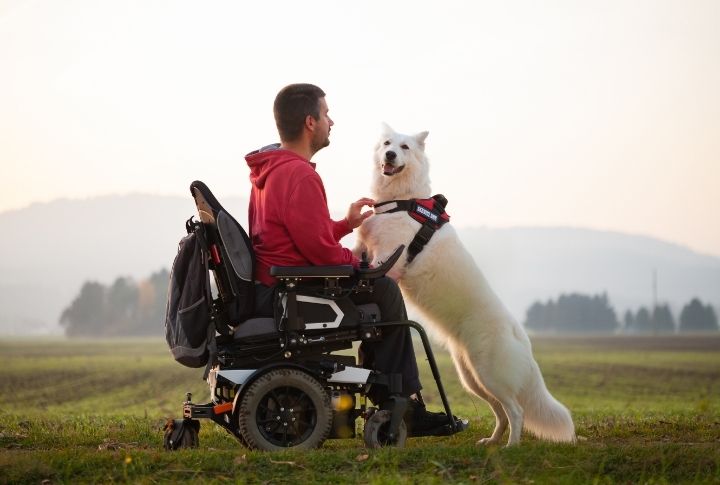
In addition to their acute senses and training, service dogs can provide lifesaving alerts and interventions that can save the lives of people in crisis, such as seizures and low blood sugar levels in diabetics.
They’re Not Pets

While they might be adorable and friendly, service dogs aren’t pets. They’re working animals with a serious job to do. Their primary purpose is to ensure their handler’s safety and well-being.
Training Takes Time
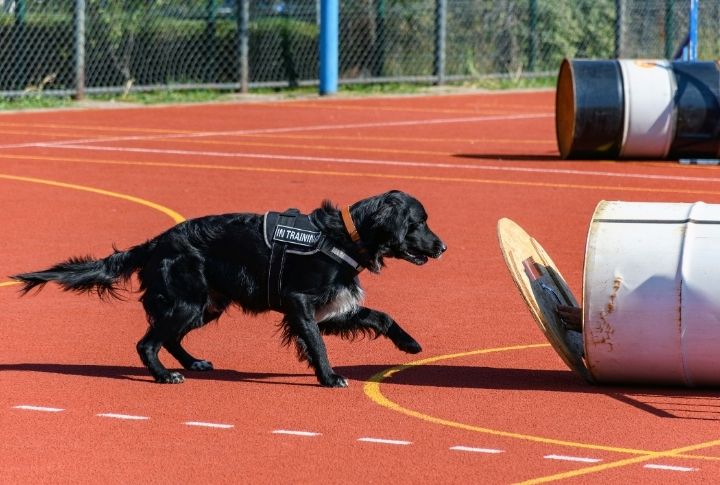
Training a service dog isn’t a walk in the park. It takes between 18 to 24 months of specialized training. These dogs learn basic obedience, advanced skills, and specific tasks tailored to their handler’s needs.
Different from Therapy and Emotional Support Animals

The roles of service dogs, therapy dogs, and emotional support animals (ESAs) are very different. Therapy dogs provide comfort to hospitalized patients, while ESAs provide emotional support to their owners but are unable to perform specific tasks.
Access All Areas

Under the Americans with Disabilities Act (ADA), service dogs can accompany their handlers almost everywhere, including restaurants, airplanes, and public buildings. This legal protection ensures that handlers can navigate daily life without restrictions.
Not All Breeds Qualify

Although any breed of dog can become a service dog, Labrador Retrievers, Golden Retrievers, and German Shepherds are more commonly chosen because of their intelligence, temperament, and trainability.
Costly Companions

The training and upkeep of a service dog can be expensive, often ranging from $20,000 to $60,000. However, many organizations and charities help cover these costs, ensuring those in need can benefit from a service dog.
Handlers Have Responsibilities, Too
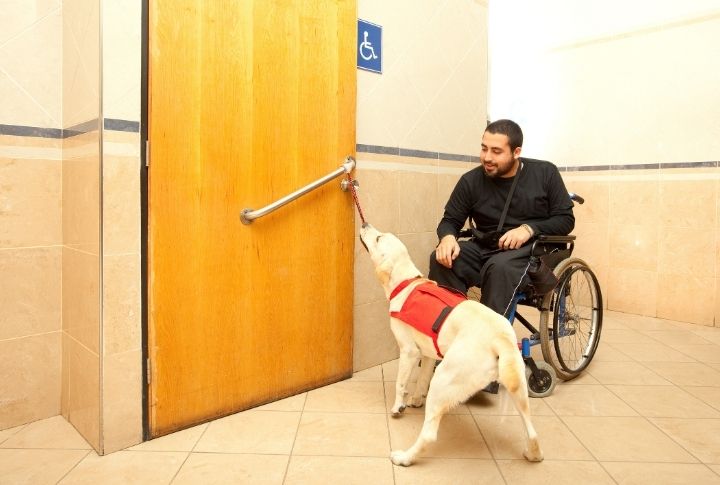
It’s not just the dogs who need training. Handlers must learn how to work with their service dogs, understand commands, their preferred care routines, and how to reinforce their training.
They Wear Vests, But It’s Not Mandatory
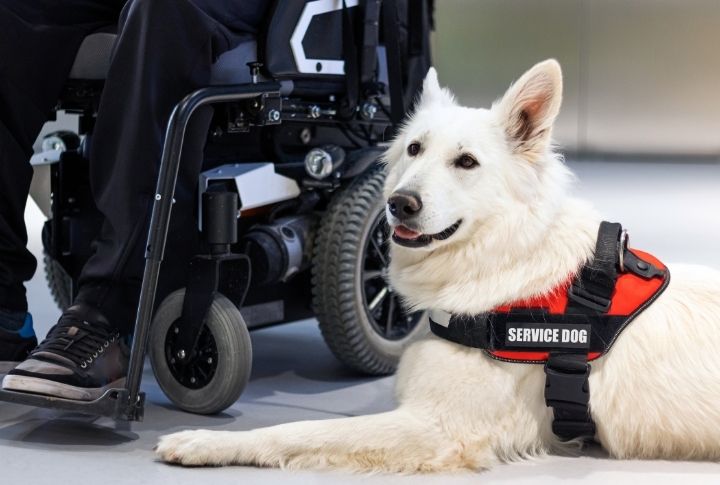
Many service dogs wear vests or harnesses indicating their role, but it’s not legally required. The vest can help signal to the public that the dog is working and should not be disturbed.
Puppies with a Purpose

Service dogs often start their journey in foster homes, where they learn socialization and basic obedience. This early exposure is crucial for their development into well-rounded service dogs.
The Bond is Unbreakable
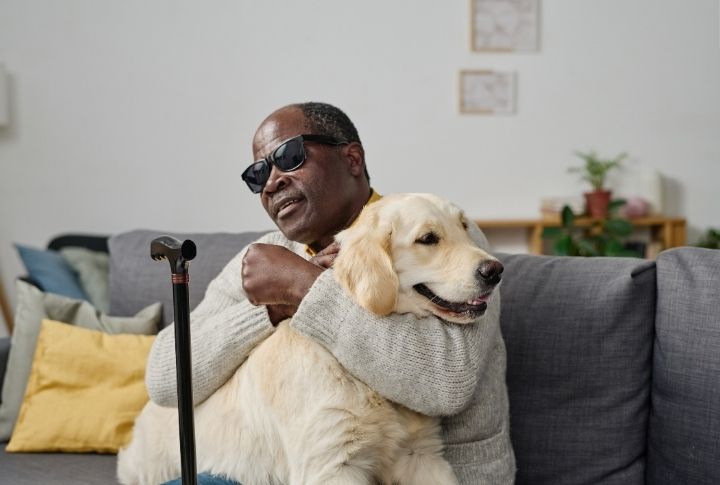
The connection between a service dog and its handler is profound. They spend nearly every moment together, forming a deep, trusting bond that’s essential for the dog’s effectiveness and the handler’s confidence.
Retired Life is Sweet

When it’s time for a service dog to retire, they often stay with their handler as a pet or go to a loving family. These dogs have given years of service and are rewarded with a relaxed, happy retirement.

Comments
Loading…